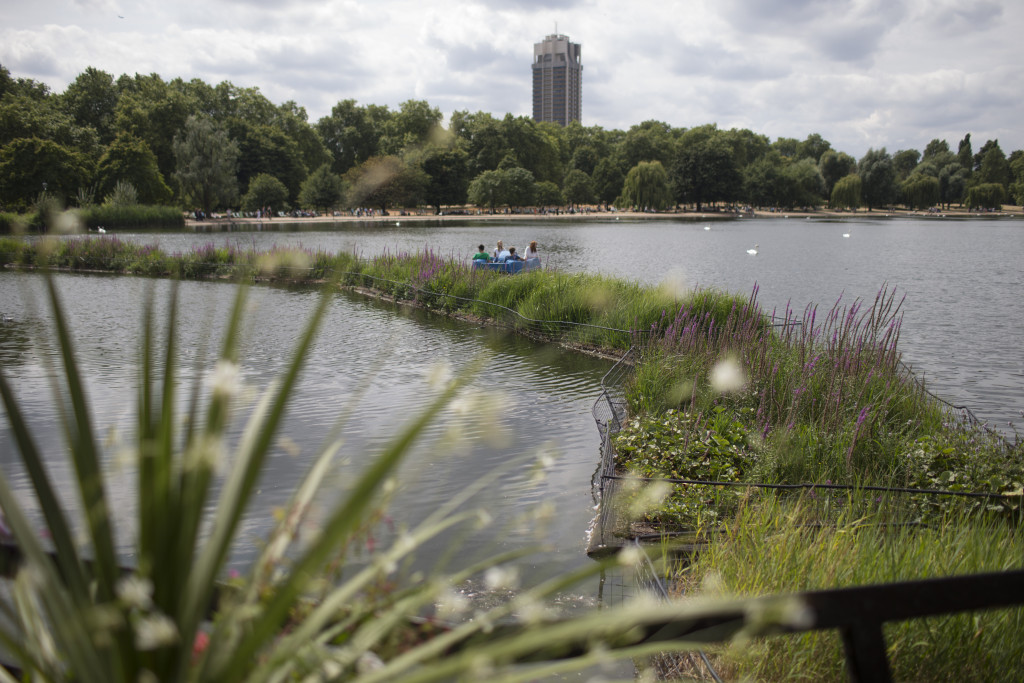Cornelia Eisenach, of the Society for Experimental Biology recently interviewed Leela O’Dea as part of her research into how
BioHaven floating treatment wetlands can help preserve and protect our liquid assets.
The context was set by Dr Nick Voulvoulis, a researcher at Imperial College London who eloquently expressed how scarcity and access to clean drinking water was becoming critical across the Mediterranean but also large areas of Europe. Stating that overuse and pollution not only threaten our water security but nature itself, with the removal or impairment of aquatic ecosystems and the services that they can provide us. A point that has been recently backed up by
Environment Agency data depicting that only 17% of England’s rivers are deemed to be healthy.
BioHaven floating islands help impaired waters to recover using the notion of increased biocomplexity.

BioHaven floating islands on the Serpentine
Mimicking the design of nature by amassing large surface areas that support periphyton, resurrecting the food web so that nutrients may be cycled up the trophic levels.
Periphyton is a complex mixture of organisms particularly bacteria, diatoms, zooplankton, heterotrophs and other microbes that grow on submerged surfaces and develop into three-dimensional communities. This community hosts vast numbers of naturally occurring biofilm generating bacteria that are better at uptaking and processing nutrients than any other life form.
As Cornelia discovered the breadth of application of BioHaven as a natural biological cleansing agent and habitat enhancement, she became convinced that the world should learn how they too could help save our water.
You can read the
Society of Experimental Biology Liquid Assets; Capital ways to save water article here but if you would like access to the full
SEB March 2015 bulletin please so on their website
Drop us a line say HELLO 
